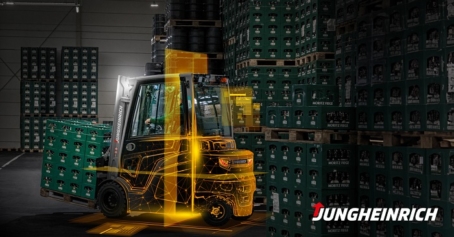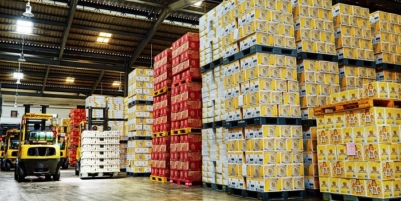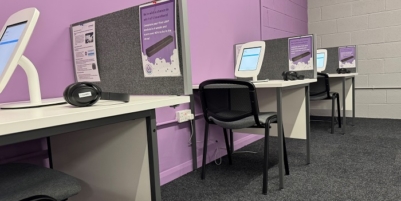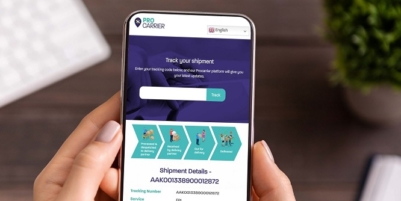-
ROSSLARE EUROPORT TARGETS HEALTH & SAFETY WITH CAMERA TELEMATICS PARTNERSHIP - 2 days ago
-
Landmark Study Reveals Wearable Robotics Significantly Boost Safety and Efficiency in Industrial Environments - July 24, 2024
-
Visku Tackle The Retail Seasonality Challenge One Pallet At A Time - July 22, 2024
-
KAMMAC AND BERGEN LOGISTICS STRENGTHEN FASHION & LIFESTYLE SERVICES IN THE UK - July 19, 2024
-
TENTBOX EXTENDS PARTNERSHIP WITH ARROWXL TO SUPPORT INCREASING DEMAND - July 17, 2024
-
The Perfume Shop improves customer journeys while driving profitability in partnership with Scurri - July 17, 2024
-
ZEROMISSION SECURES £2.3M ($3M) INVESTMENT TO ACCELERATE ELECTRIC FLEETS - July 16, 2024
-
BCMPA CELEBRATES SUCCESS OF 2024 CONFERENCE - July 15, 2024
-
Best of the Best: Jungheinrich Celebrates Triple International Award Win - July 12, 2024
-
GOPLASTICPALLETS.COM CALLS ON NEW CHANCELLOR RACHEL REEVES TO CONSIDER PLASTIC PACKAGING TAX REFORM - July 10, 2024
Connected Trucks: Jungheinrich drives forward the digitalisation and interconnection of intralogistics
- Enhanced connectivity thanks to telemetry units in every new truck
- Truck customers now have easy access to the Jungheinrich Fleet Management
- The FMS and telemetry units deliver increased efficiency and performance thanks to better data management
Jungheinrich is connecting its fleet by equipping all its new trucks with telemetry units as standard. This enables customers easy access to the Jungheinrich Fleet Management System FMS, starting with the entry level Starter Kit.
Jungheinrich is continuing to drive forward the digitalisation and networking of intralogistics by equipping all newly ordered trucks produced in its European plants with telemetry units as standard. Jungheinrich trucks are fully networkable and ready for intelligent integration in the warehouse. With the help of the Jungheinrich FMS fleet management system, customers can use this data to optimally deploy their fleet.
“Data is one of the most valuable resources in the warehouse today. We are now making this data easily and efficiently usable by our customers,” says Phil Pearson, Sales Management Director at Jungheinrich. “Connectivity is an essential key to further optimising intralogistics. By processing information better and faster with our Jungheinrich FMS, we make our customers’ warehouses even more efficient.”
Thanks to the telemetry units and Jungheinrich FMS, Jungheinrich customers receive real-time data on the condition and use of their trucks, enabling them to optimally manage their fleet. Data transmission to the Jungheinrich Cloud takes place via a mobile connection or Wi-Fi.
“When our customers agree to share the usage and vehicle data of their trucks with us, we can access important insights into the actual use of the industrial trucks. This enables us to tailor our range of solutions even more personally and individually to our customers’ needs,” says Pearson. “This includes, for example, remote diagnostics for the targeted reduction or avoidance of downtimes through more efficient service, or intelligent energy solutions as the basis for cost- and consumption-optimised energy management.”

































